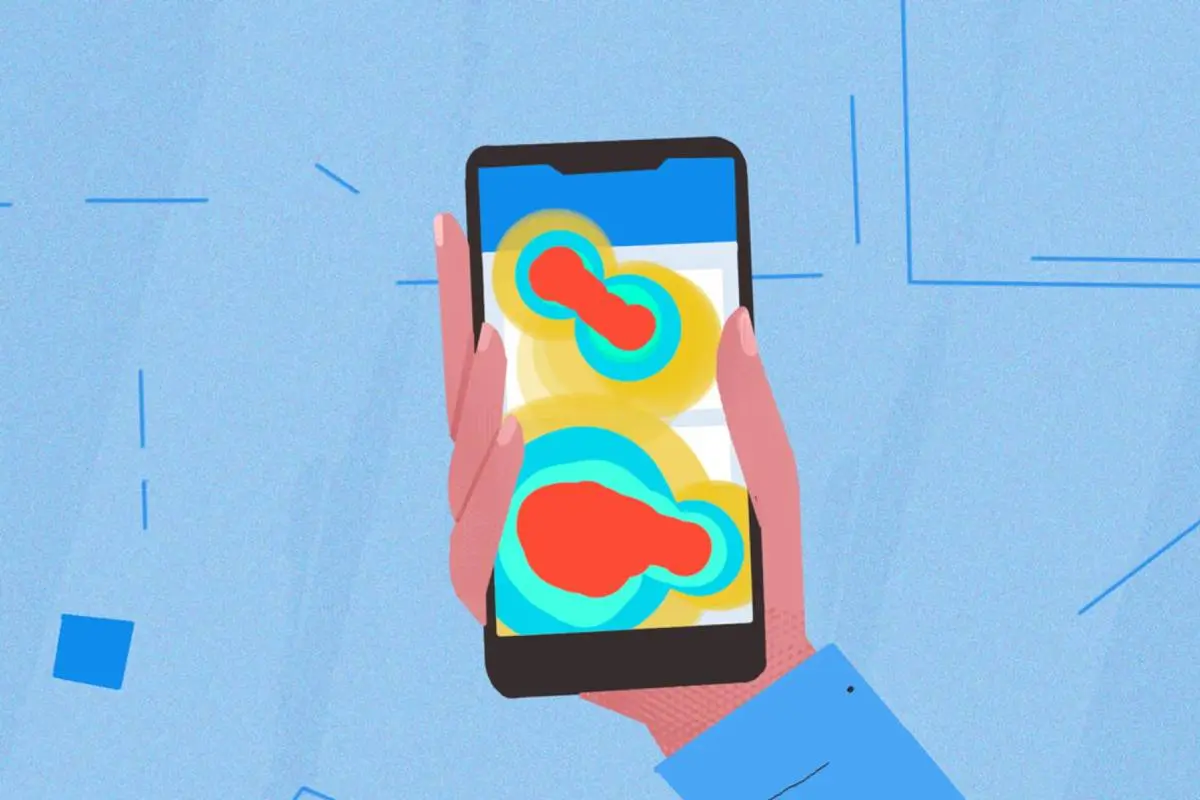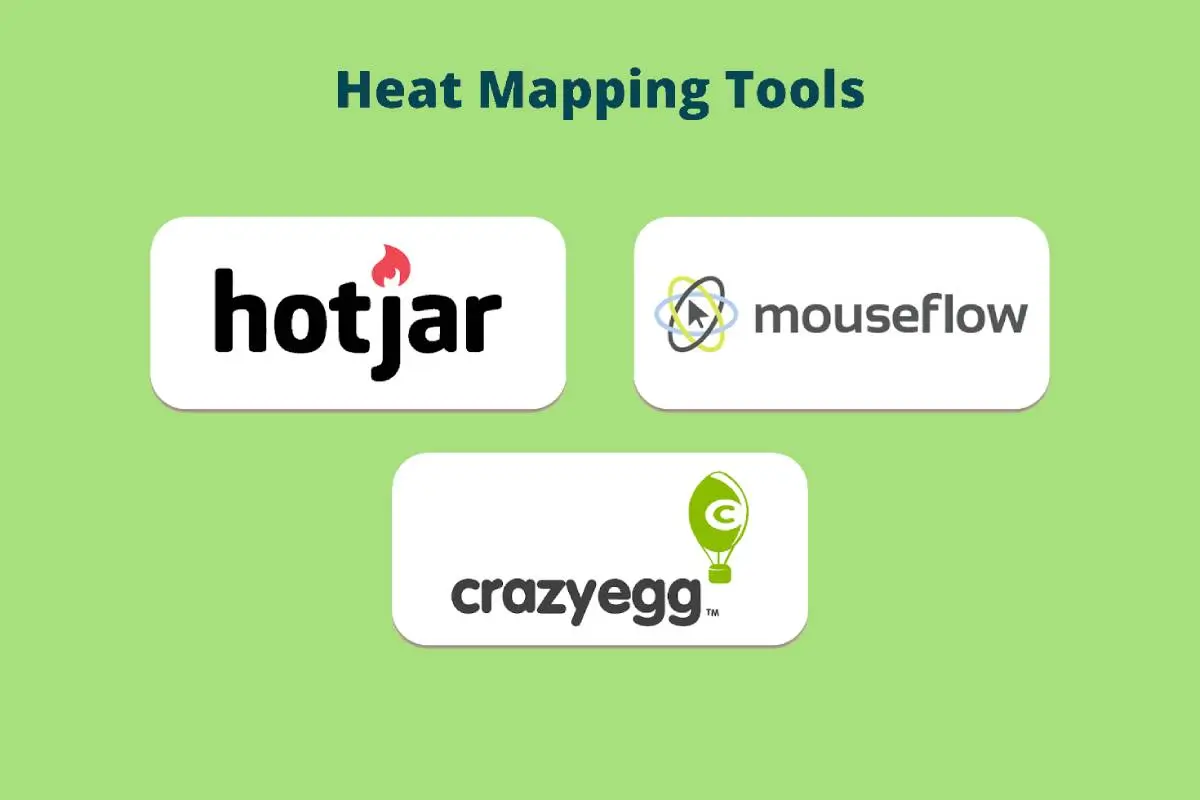Heat mapping and user behaviour analysis are essential for understanding how users interact with decentralized applications (dApps). Firstly, these tools help spot pain points; moreover, they optimise the experience and, as a result, maximise engagement – ultimately boosting adoption and trust in crypto-powered interfaces.
Quick Answers – Jump to Section
- What Is Heat Mapping in dApps?
- Why User Behaviour Analysis Is Crucial in Web3
- Benefits of Heat Mapping for dApp UI Design
- Tools and Challenges Specific to Web3 Heat Mapping
- Real-World Example
- Best Practices for Heat Mapping and User Behaviour Analysis in dApps
- FAQ
- Final Thoughts
What Is Heat Mapping in dApps?

Think of heat mapping as giving your dApp a thermal camera – except instead of spying on your users (because of ethics ‘n all), it shows where their attention and clicks heat up on your interface.
For example, heat maps visualize user interactions through color-coded overlays. As a result, they reveal what parts of your app users find hot (red) and, on the other hand, which parts are ice-cold, ignored, or avoided.
Common types of heat maps for dApps include:
- Click Maps: Where users tap or click the most, revealing the popularity of buttons, links, or interactive elements.
- Scroll Maps: How far users scroll, exposing if important info or features are missed because they live too far down the page.
- Hover Maps: Where cursors linger, hinting at interest or hesitation – like micromanaging users hover over the “Confirm” button.
Decentralized apps are no ordinary websites. In fact, they juggle blockchain complexity with user-friendly layers. Moreover, heat maps act like a backstage pass, revealing which parts of the show truly engage or, on the other hand, confuse.
Why User Behaviour Analysis Is Crucial in Web3
Normal apps can get away with A/B testing and generic feedback forms. In contrast, dApps? Not so much. After all, users are often skeptical, crypto can be complex, and gas fees don’t forgive sloppy UX. Therefore, user behaviour analysis helps decrypt user intentions and pain points scientifically.
Key insights gained include:
- Onboarding Drop-offs: At what point do users bail during wallet connection or initial set-up?
- Transaction Friction: Where do users hesitate or abandon transactions?
- Feature Engagement: Which DeFi tools, NFTs, or games do users really spend time on?
- Navigation Paths: How do users move from one section of the dApp to another, and are they getting lost?
Web3 players who track this data, build more intuitive, trustworthy products that keep users sticking around rather than fleeing to the next crypto fad.
Benefits of Heat Mapping for dApp UI Design
Why bother with heat maps? Here’s the entrepreneurial jackpot:
- Pinpoint Obnoxious Obstacles: Discover dead spots or confusing elements users keep clicking thinking they’re buttons. It’s like finding where users bump their heads in the dark.
- Boost Smooth Sailing: Adjust UI flow based on real usage patterns, cutting down unnecessary clicks or confusing pathways.
- Improve Conversion: Whether it’s staking tokens or voting in a DAO, smoother user journeys mean better conversion rates.
- Validate Decisions: Forget guesswork. Heat maps show what works so you can confidently invest in UI tweaks that pay off.
Plus, in a field where user trust is as fragile as a rookie’s crypto portfolio, making interfaces crystal clear can be a game-changer for retention.
Tools and Challenges Specific to Web3 Heat Mapping

Regular heat mapping tools like Hotjar or Crazy Egg were made for traditional web apps and don’t always cut it for dApps due to:
- Decentralization: Data isn’t always collected in a central place.
- Privacy: Users expect anonymity and minimal tracking.
- Blockchain Data: On-chain events don’t straight-up map to UI actions.
Some emerging tools blend on-chain analytics with front-end monitoring, e.g., Dune Analytics offers granular transaction patterns that can be paired with UX data for deeper insights. Custom solutions also surface, respecting anonymity while capturing key interaction metrics.
Real-World Example
Initially, an Ethereum DeFi protocol noticed that users repeatedly clicked on their logo expecting it to take them to a dashboard; however, it was merely a decorative image. After fixing that “false button,” transaction completions increased by 15% in just a few weeks. Notably, a small detail delivered a big payday – scientifically.
Best Practices for Heat Mapping and User Behaviour Analysis in dApps
Don’t just slap a heat map on your app and pray. Follow these tips:
- Focus on High-impact Areas: Onboarding screens, wallet connect flows, and transaction pages are prime real estate.
- Keep It Transparent: Users care about privacy; clearly communicate what you track and respect anonymity.
- Mix Methods: Combine heat maps with user surveys or session recordings for qualitative insight behind the colours.
- Test and Iterate Fast: Use behavioural data to continuously tweak, test, and refine the experience. Don’t just make changes – measure their impact.
FAQ
Q: How is heat mapping different from traditional metrics?
A: Heat maps go beyond numbers. Instead of “30% bounce rate,” you see exactly where users interact or get stuck, right on your interface.
Q: Can heat mapping compromise privacy in decentralized apps?
A: When done right, heat mapping anonymizes users and avoids collecting personal data, fully respecting decentralization principles.
Q: How soon might dApps see UX improvements after implementing heat mapping?
A: Minor fixes like adjusting button placement can help in weeks; deep UX overhauls might take a few months to impact metrics noticeably.
Q: Are there any pitfalls with relying on heat maps?
A: Heat maps don’t tell the “why” behind behaviour – combine with user feedback to understand motivations, not just actions.
Final Thoughts
Heat mapping and user behaviour analysis aren’t just buzzwords for Web3 – they’re essential tools to bring clarity to dApp user experience challenges. By leveraging these insights, decision makers can build interfaces that users navigate as easily as ordering pizza on an app – with far fewer complaints and way better retention.
If the goal is dApp growth, more transactions, and happy users, heat maps provide the roadmap right under your nose… or rather, under your users’ fingertips.
Time to stop guessing and start seeing where your dApp really shines.
_________________________________________________________________
Get your business referenced on ChatGPT with our free 3-Step Marketing Playbook.
Want to know how we can guarantee a mighty boost to your traffic, rank, reputation and authority in you niche?
Tap here to chat to me and I’ll show you how we make it happen.
If you’ve enjoyed reading today’s blog, please share our blog link below.
Do you have a blog on business and marketing that you’d like to share on influxjuice.com/blog? Contact me at rob@influxjuice.com.

